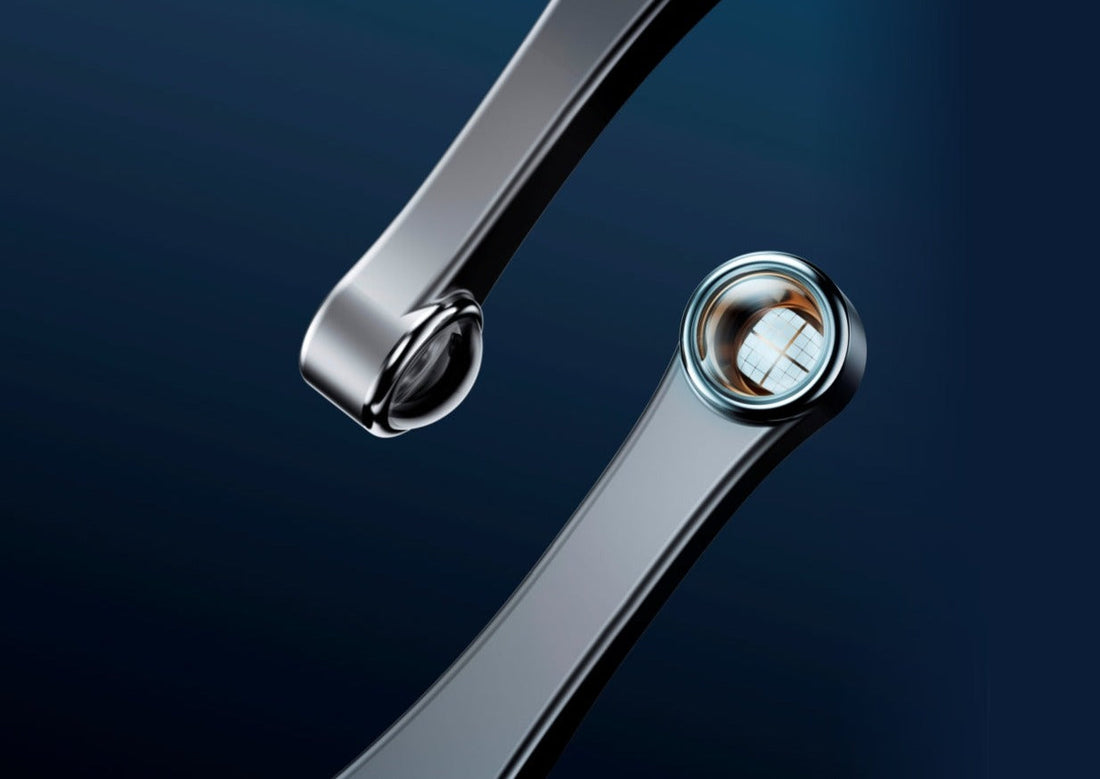
Curing Light: Top 5 Problems with Old Curing Lights And How to Fix Them ?
Share
Still using that old dental curing light in your practice? You’re not alone — but you might be unknowingly compromising your restorations, productivity, and even your team's health.
Let’s break down the top 5 issues dentists face with outdated curing lights, and how upgrading to a modern solution like the Woodpecker iLED can eliminate them fast.
1. Inconsistent or Weak Light Output
Over time, the intensity of curing lights drops due to:
-Aging LEDs or halogen bulbs
-Lens contamination
-Battery deterioration
Why it’s a problem:
Inconsistent light leads to under-cured composites, causing weak bonds, marginal gaps, and post-op sensitivity.
Fix:
Switch to a high-powered curing light like the Woodpecker iLED with up to 2400 mW/cm² and dual-wavelength LED technology for strong, consistent output every time.
2. Long Curing Times That Slow You Down
If you’re spending 10–20 seconds per layer, per tooth, it’s draining your daily efficiency.
Why it’s a problem:
It limits how many patients you can see, and patients get tired sitting under the light for extended periods.
Fix:
The Woodpecker iLED offers 1-second curing for compatible materials speeding up procedures while maintaining clinical integrity.
3. Frequent Battery Failures or Cord Hassles
Old cordless lights tend to lose battery life fast. Corded lights get tangled, restrict movement, and clutter the workspace.
Why it’s a problem:
Delays, frustration, and risk of accidental drops or damage.
Fix:
The iLED is cordless, lightweight, and comes with a long-lasting lithium battery — giving you total freedom and reliability.
4. Poor Ergonomics and Hand Fatigue
Bulky designs and awkward grip angles lead to hand strain, especially for assistants or during long procedures.
Why it’s a problem:
Hand fatigue affects performance and may contribute to repetitive strain injuries over time.
Fix:
The iLED is ergonomically designed and ultra-lightweight, reducing physical stress and enhancing comfort during use.
5. Limited Wavelength Compatibility
Older lights often use a single wavelength (~470 nm), which limits compatibility with newer composite materials that require broader light spectrums.
Why it’s a problem:
Inadequate curing of advanced resins or bonding agents.
Fix:
iLED’s dual-wavelength system (385–515 nm) cures a wide range of composites — ideal for bulk-fill, flowable, and universal resins.
Bonus: It's Time to Upgrade Your Workflow
If you’re still tolerating these issues, it’s likely affecting your patient outcomes, staff satisfaction, and clinic efficiency. Modern tools aren’t just about features — they’re about supporting your growth, professionalism, and quality of care.
Your Next Step
The Woodpecker iLED isn’t just a new light — it’s a full upgrade in speed, precision, and comfort. See why hundreds of Canadian dentists are making the switch.
See It in Action
Explore the Woodpecker iLED Curing Light and experience the power of 1-second dentistry.
Discover more about ILED curing light
Author Bio :
Dr. Rami Mousattat is the CEO of Dental Solutions and a former periodontist and trainer with extensive experience in the field of dental implants. With a career spanning several countries, Dr. Mousattat has trained numerous dentists in advanced techniques and continues to champion innovation and excellence in dental care.
